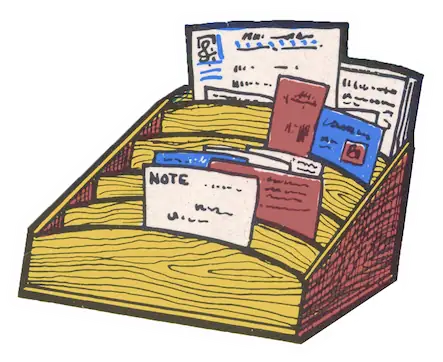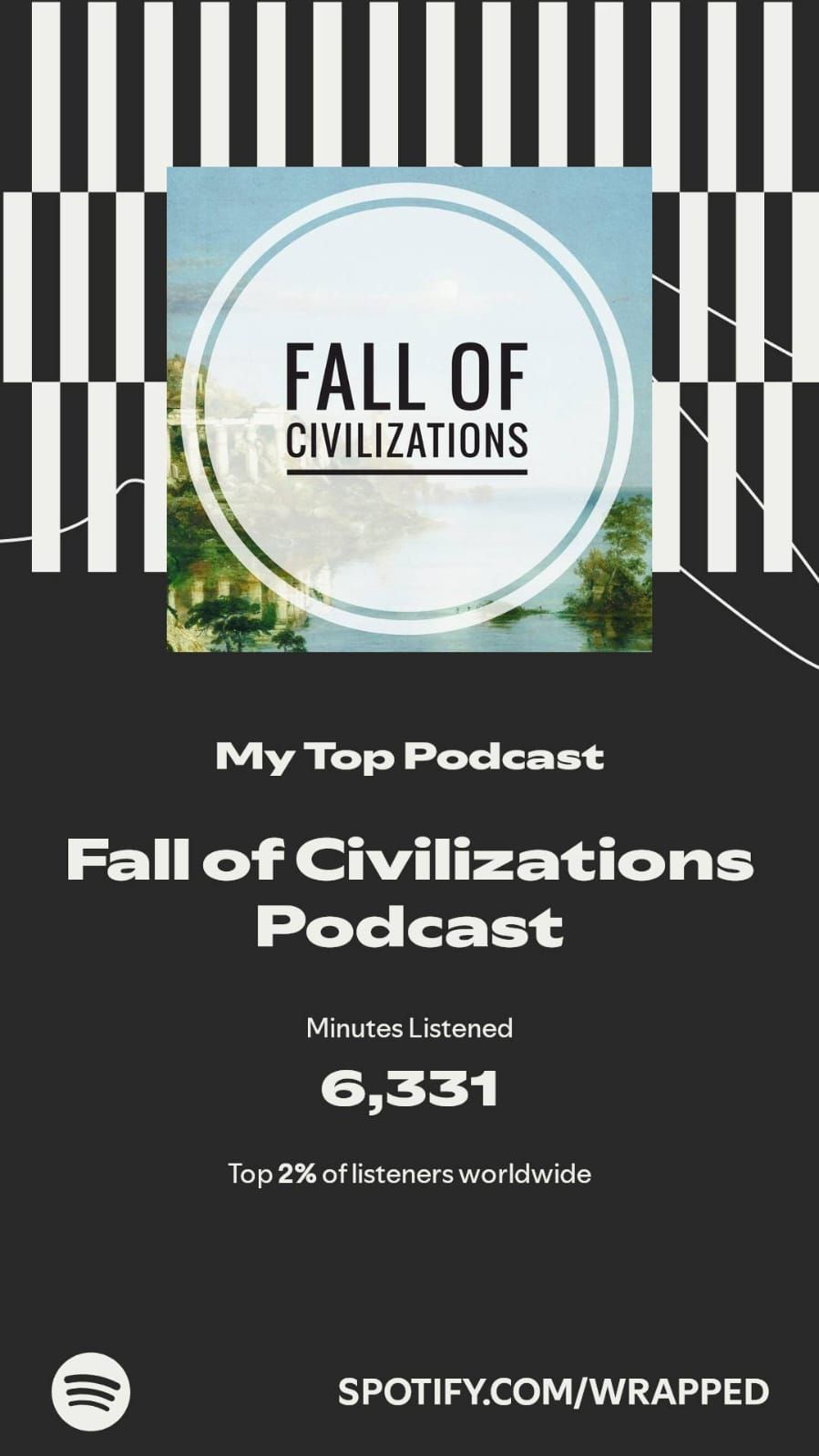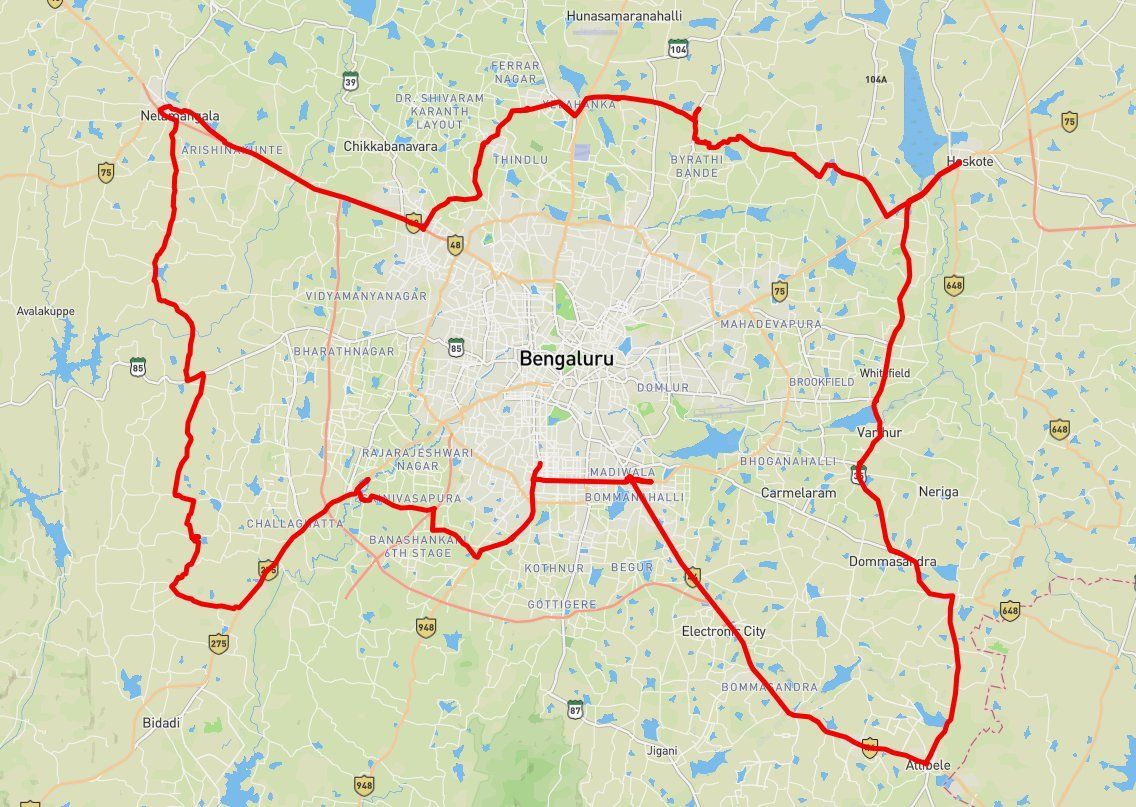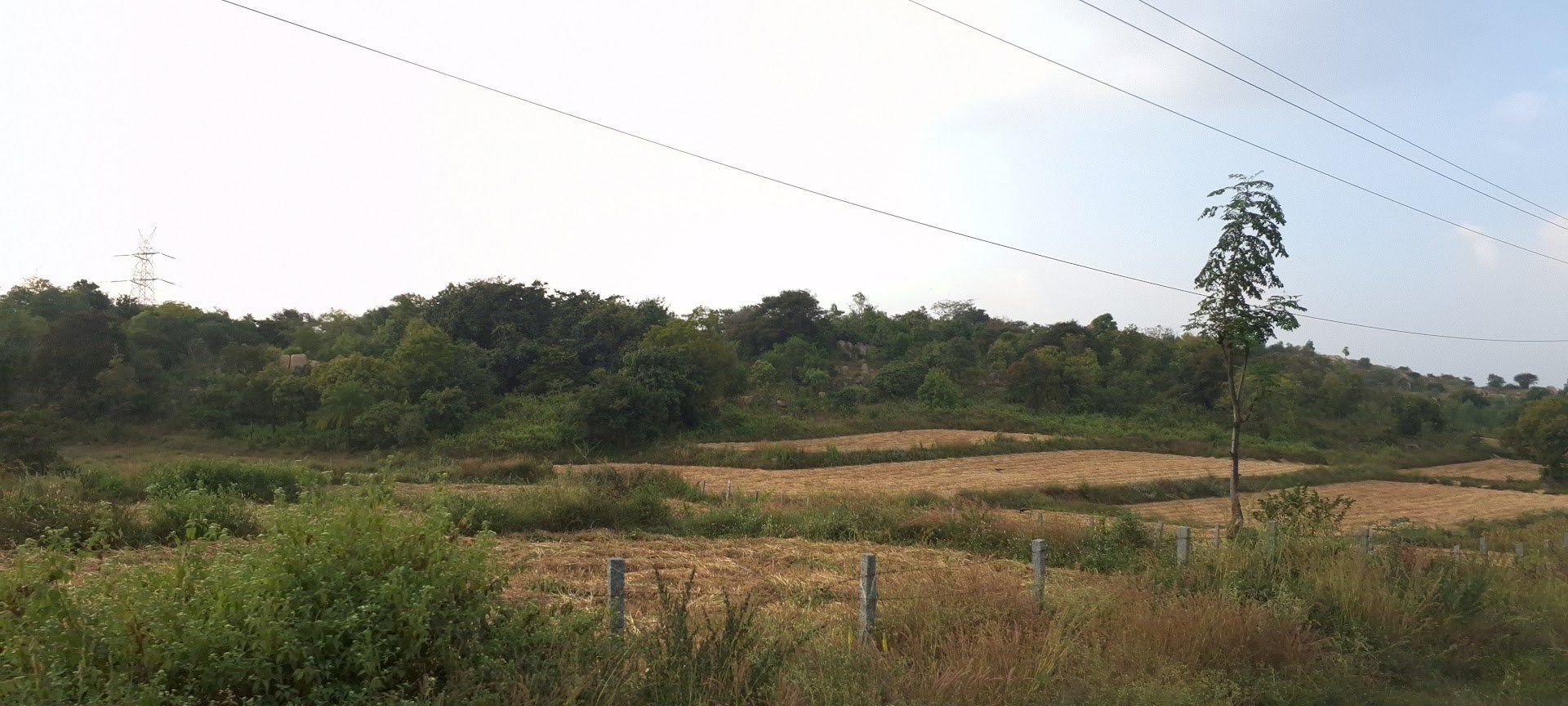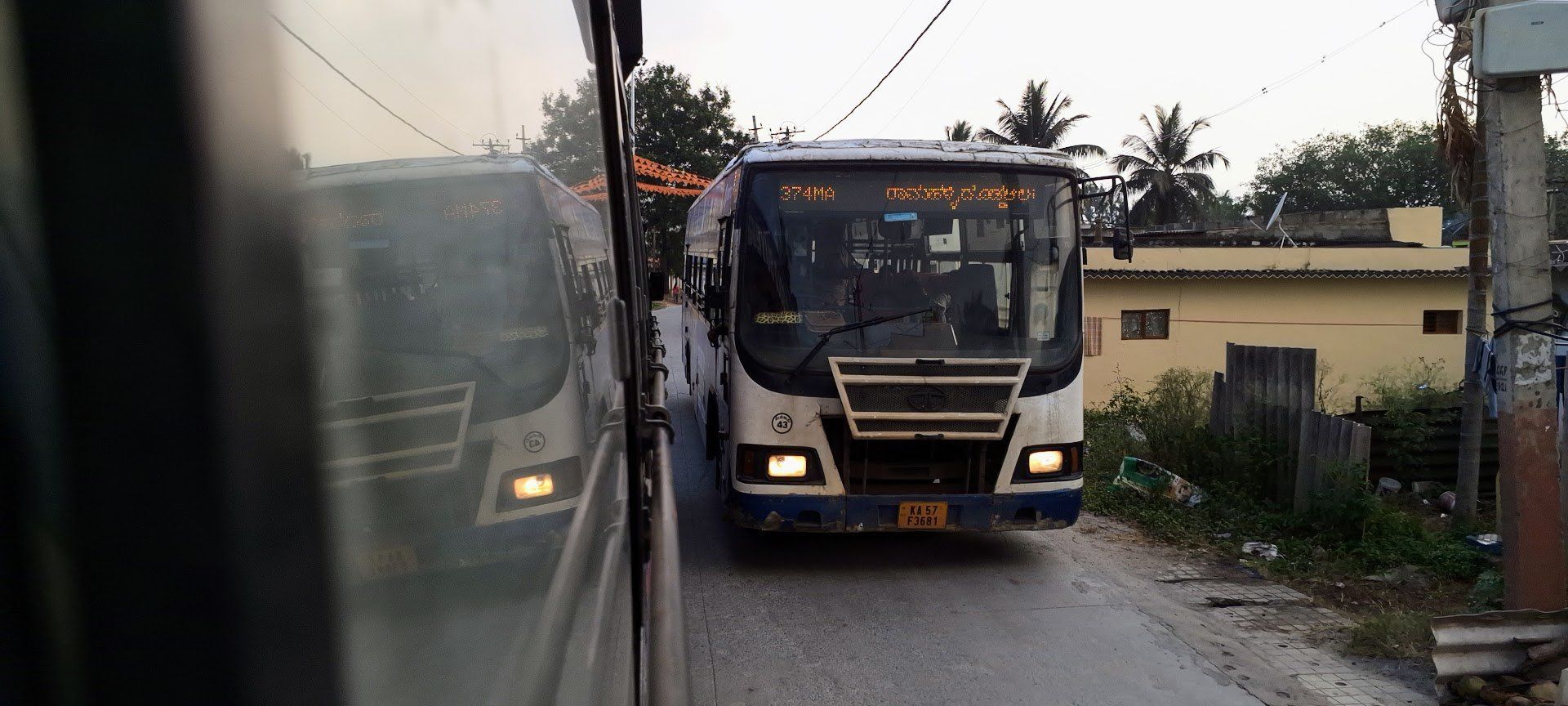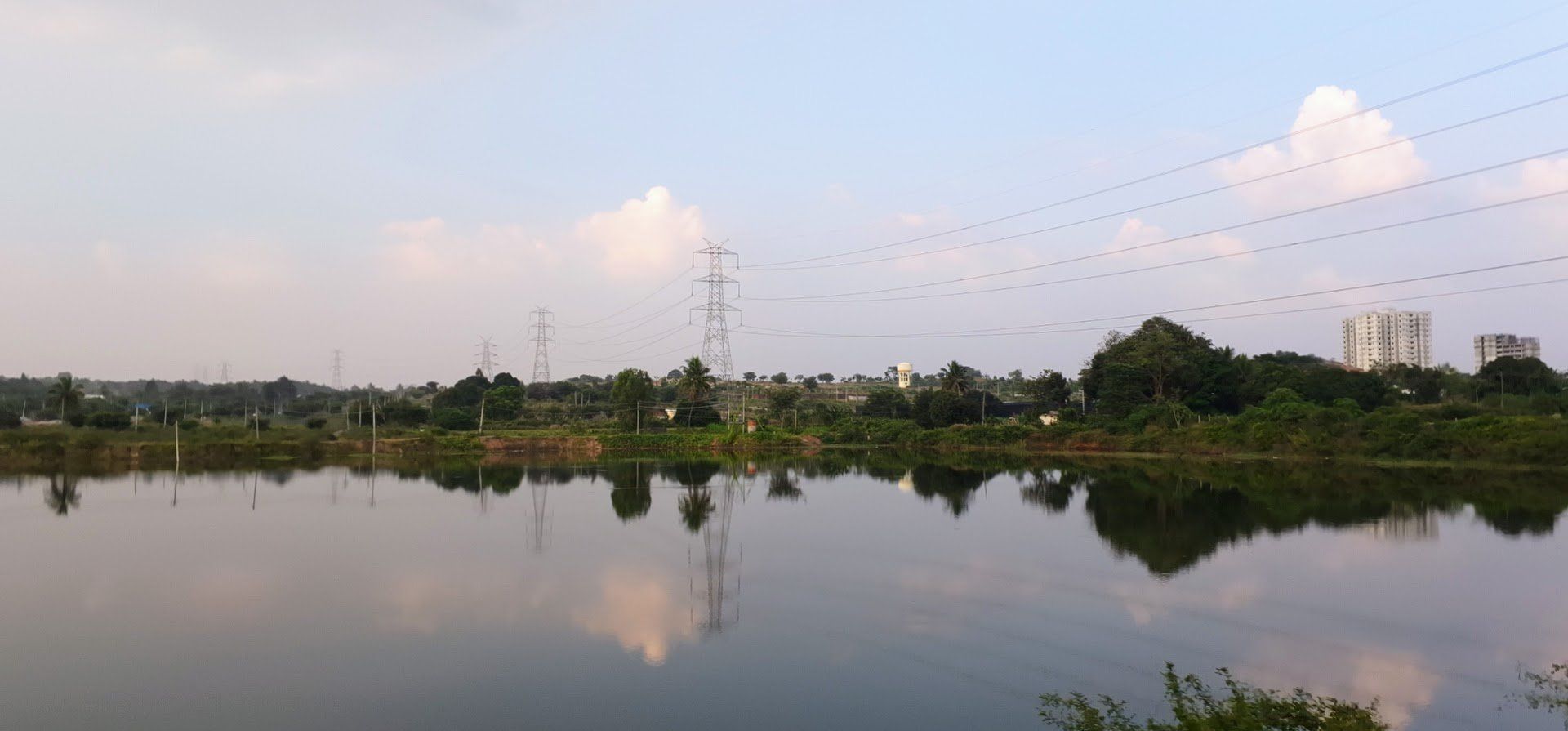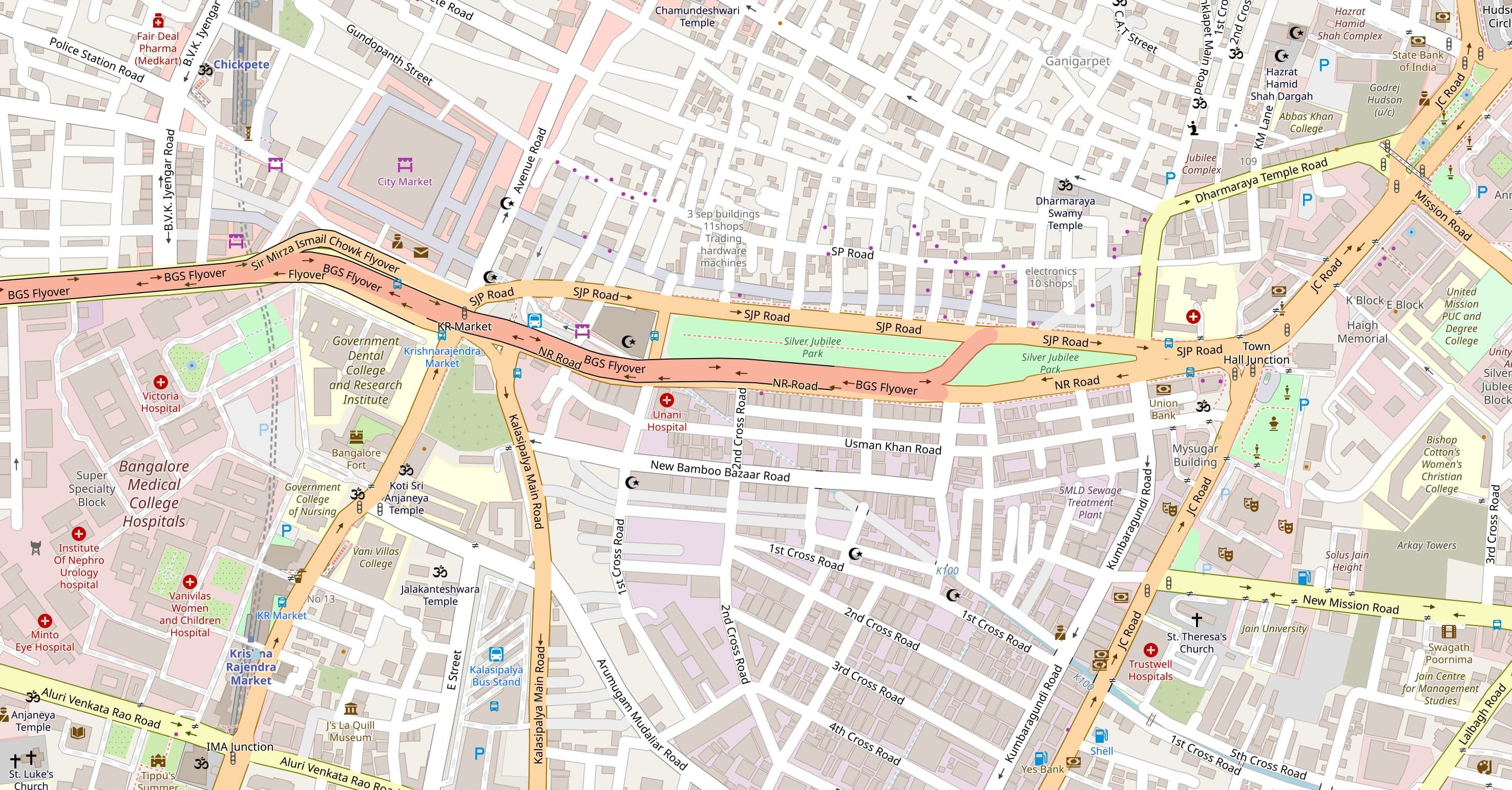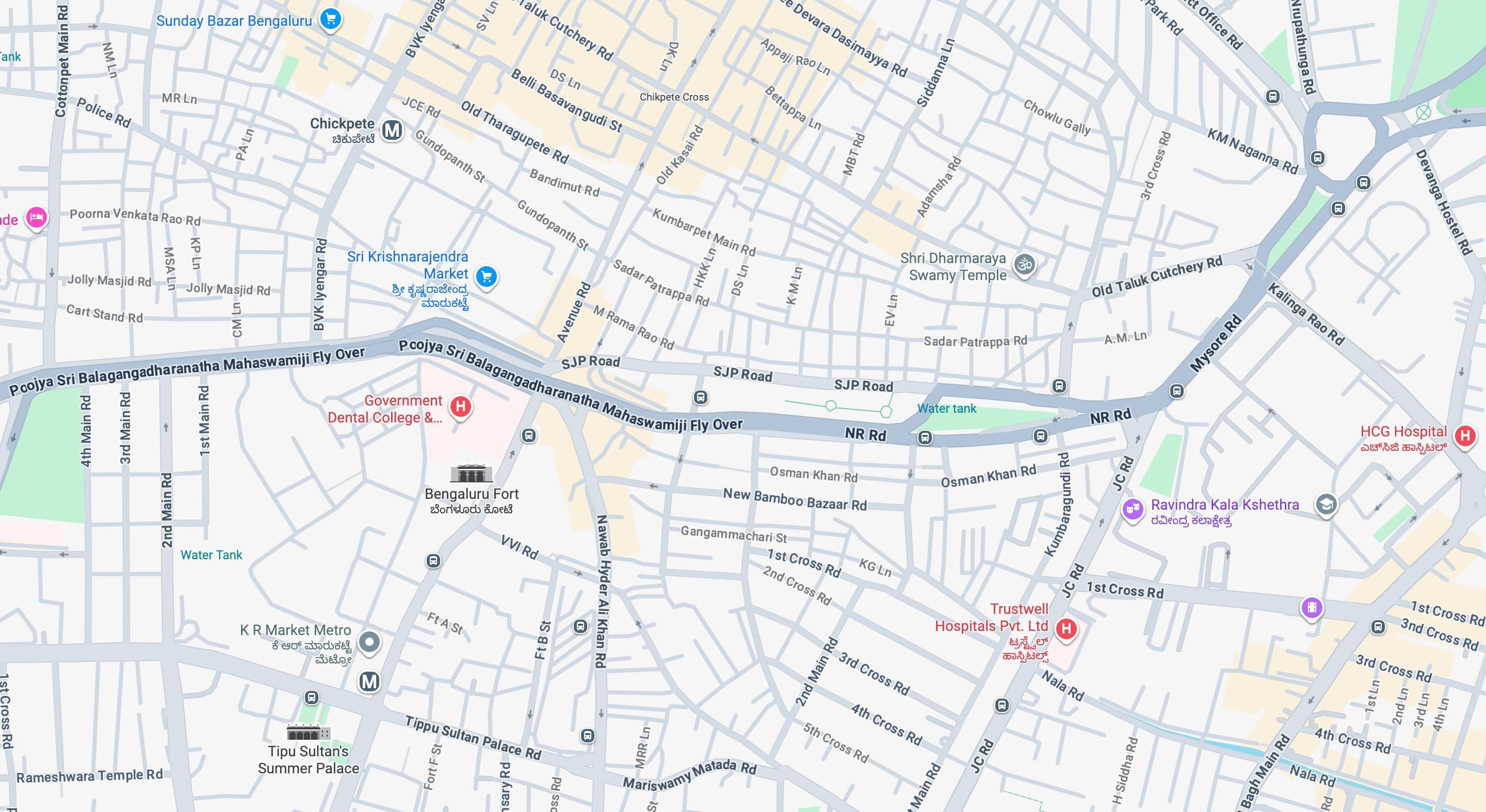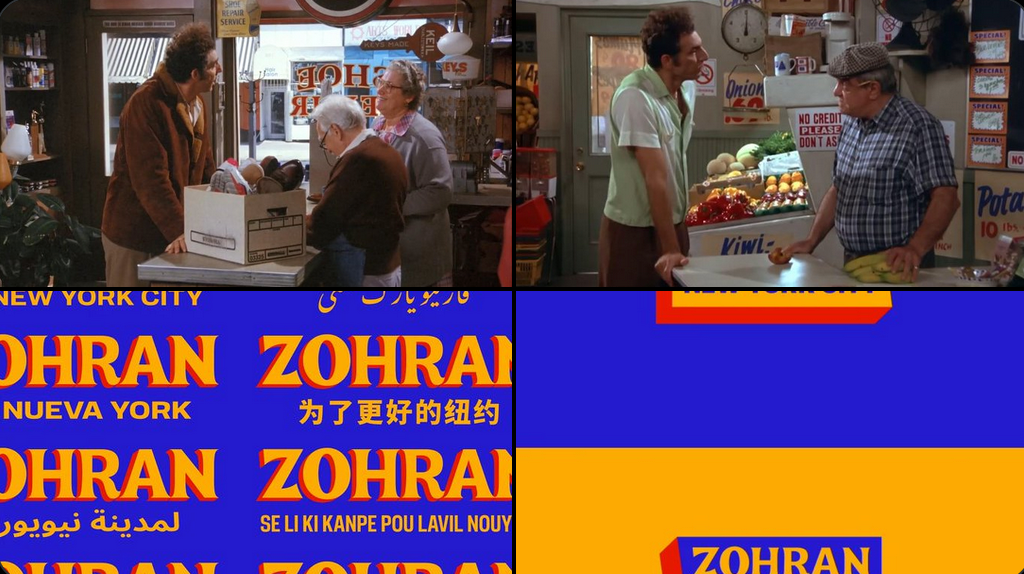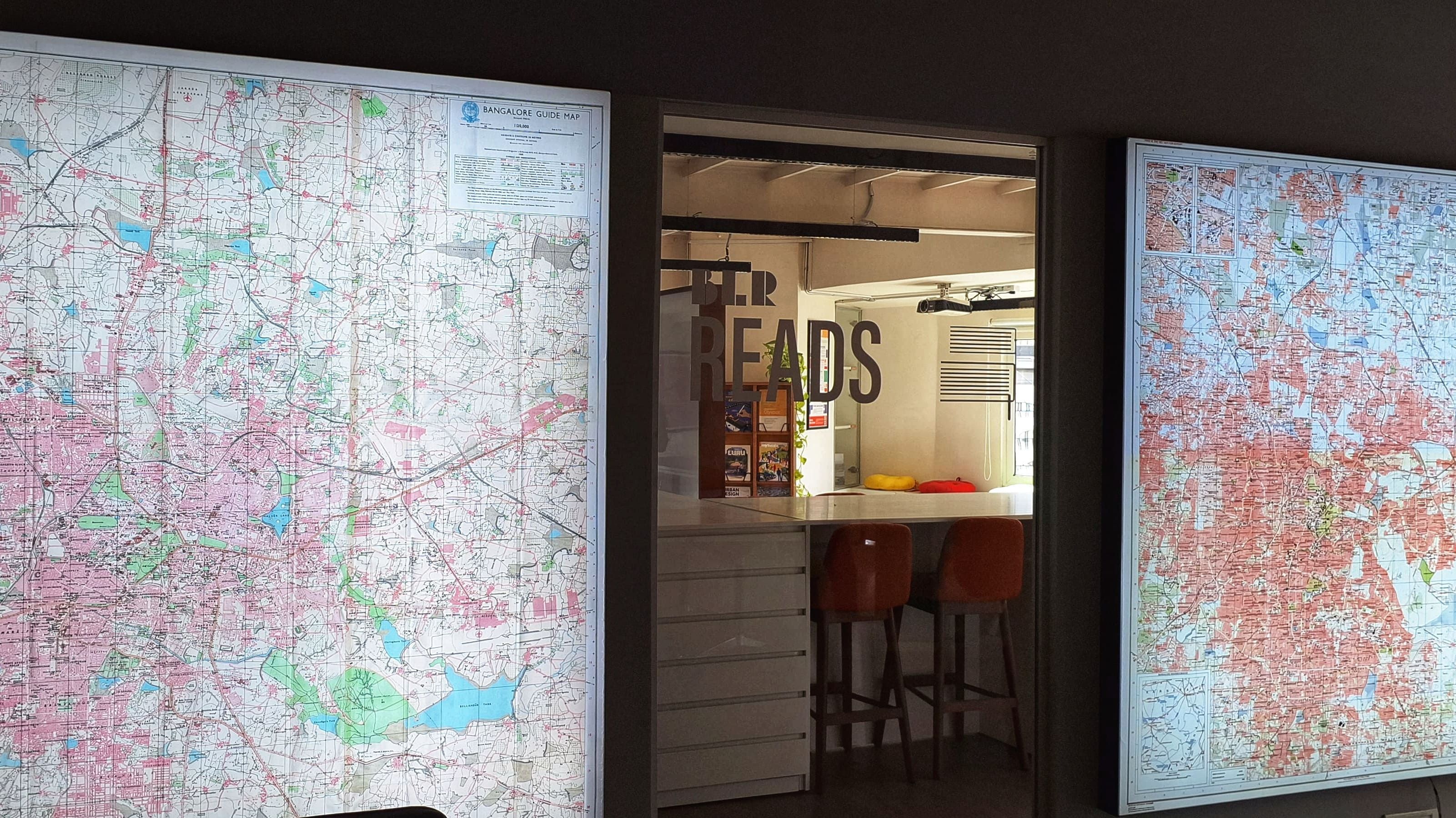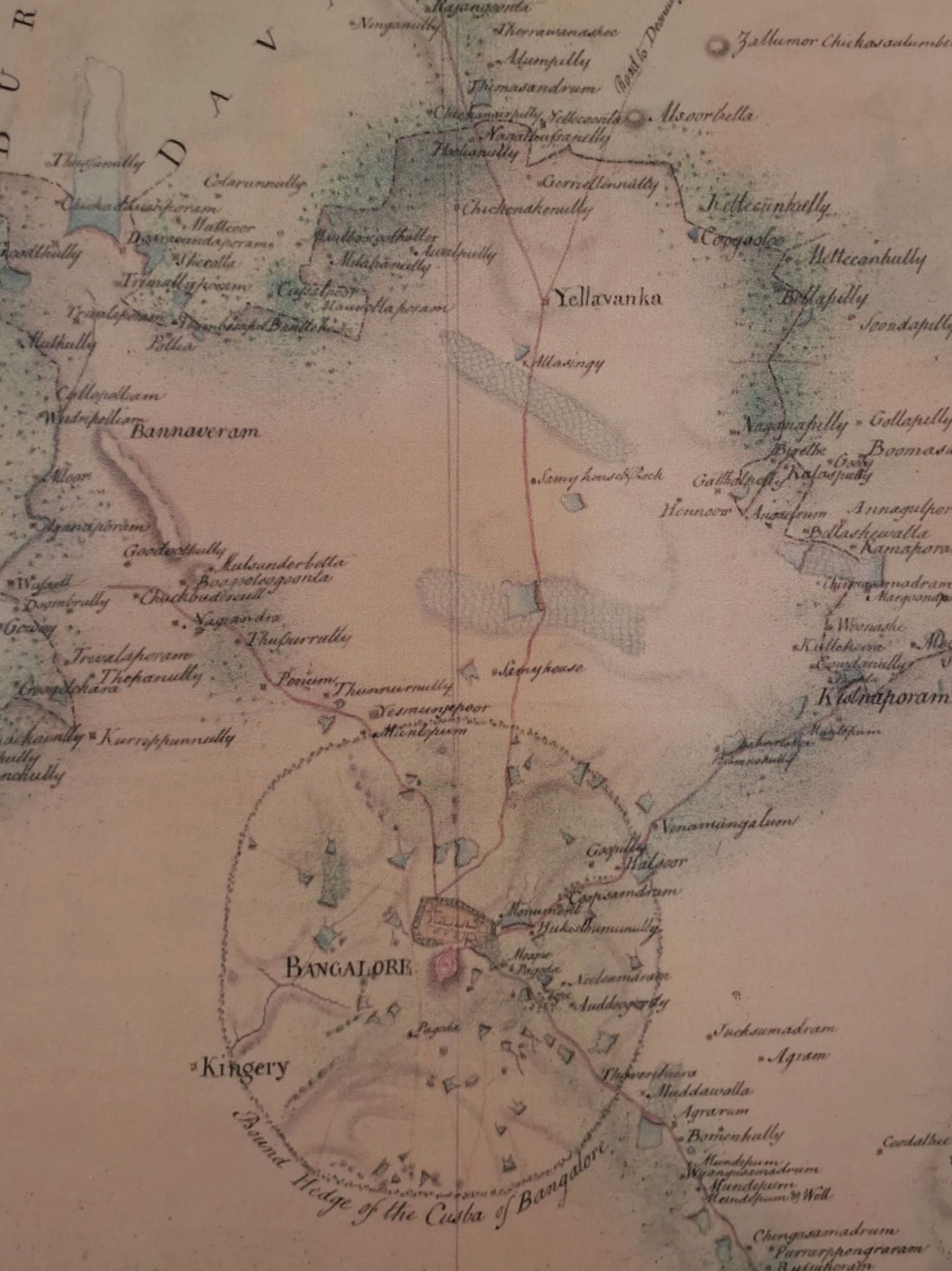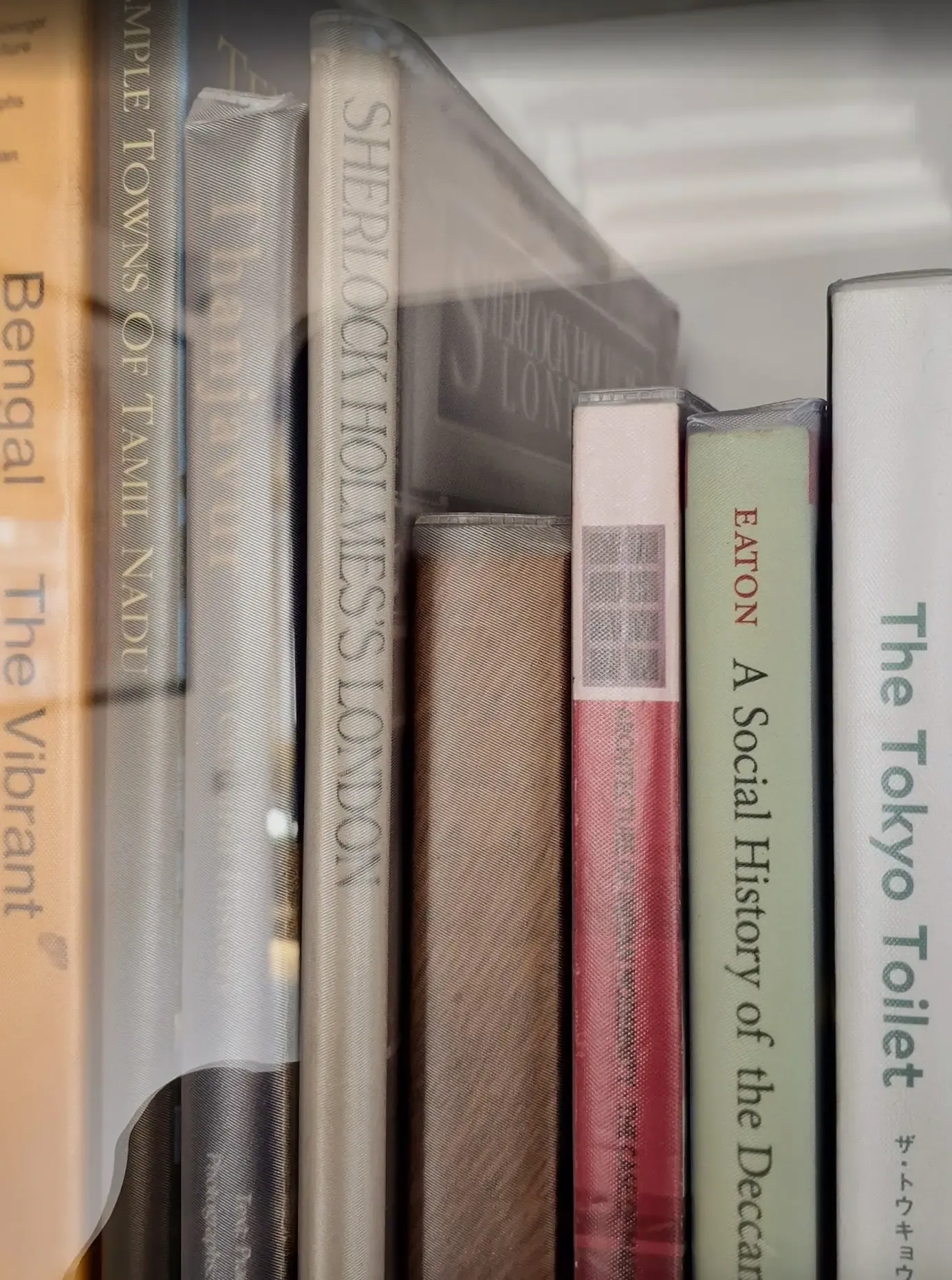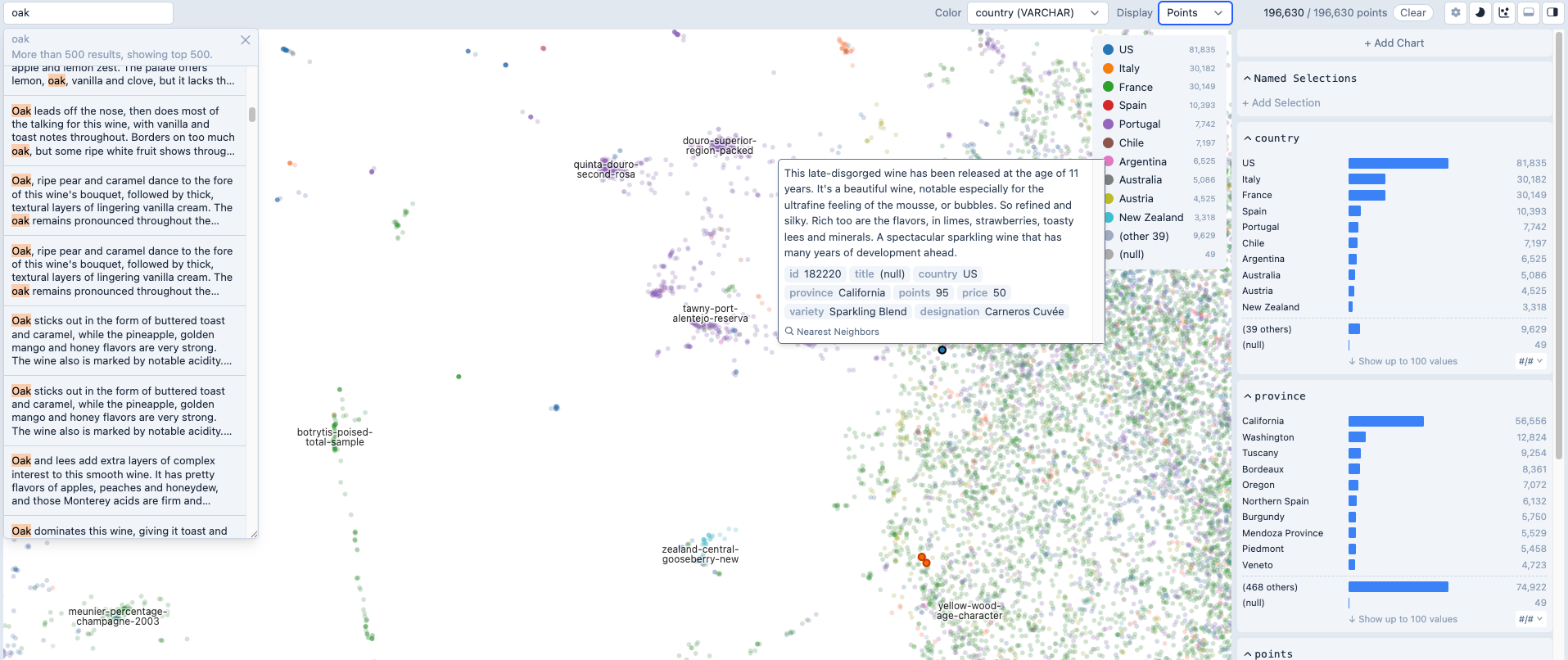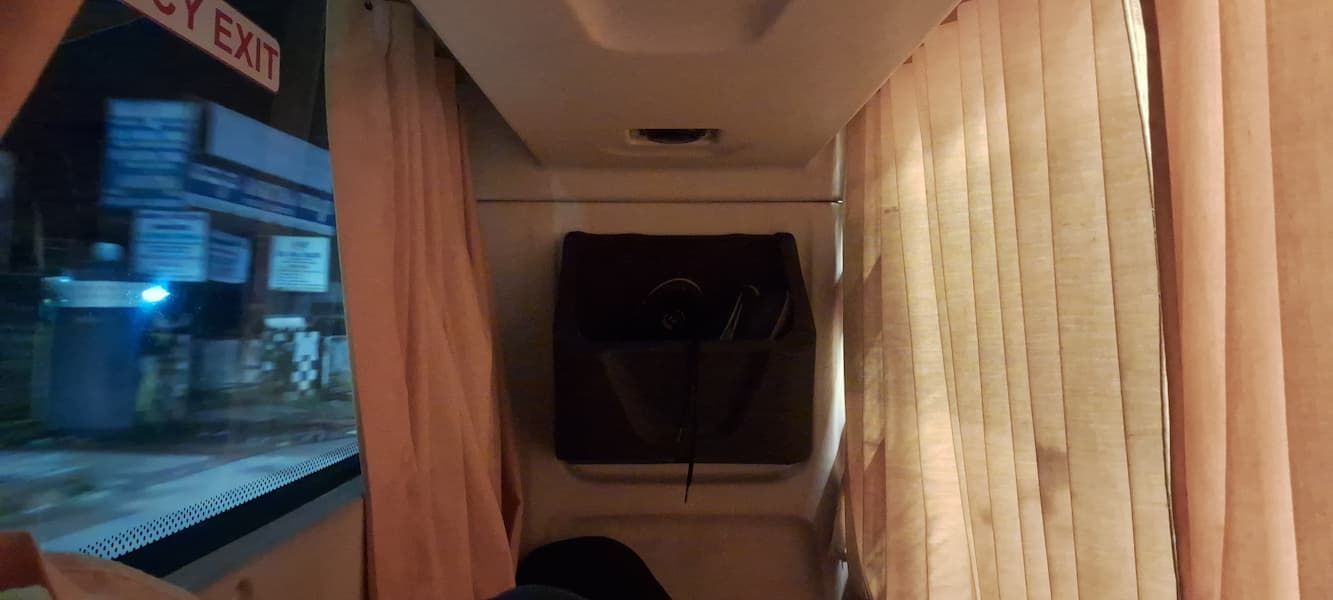I’ve sometimes fallen into the trap of thinking that complementing a creative person for their work is less sophisticated or desired than discussion or debate about it but very often the best thing you can say to them is hell yeah and that doesn’t make you dumb it just makes you nice
It goes into that weird thing that genuine appreciation is somehow considered less intellectual than criticism but everybody is getting trained to be such a cynical unfeeling asshole nowadays that I find the smartest people often are the “hell yeah cool song/drawing/story/video” people
I’ve forgotten this sometimes but being able to discover something you like, curate it, and make time to enjoy it is intelligence, connecting with art is intelligence, empathy is intelligence, the way of the dullard is to find nothing meaningful in art except for a way to seem snidely clever
Important thing to remember for me as I head into 2026. Some of the discussions in groups I am part of inevitably devolve to debate, which is stimulating at times, but I think it is harder to not be reflexively so nitpicky. I just want to be able to say “Hell yeah” without arguing points of a case.

